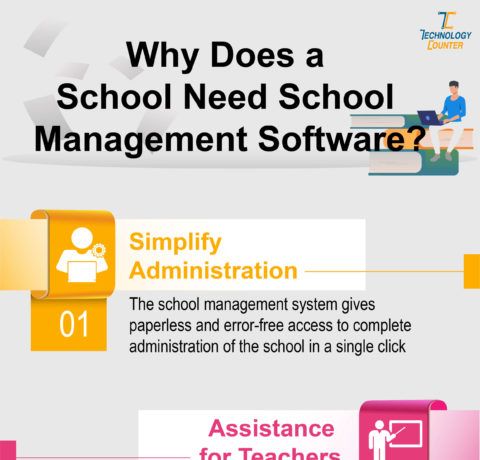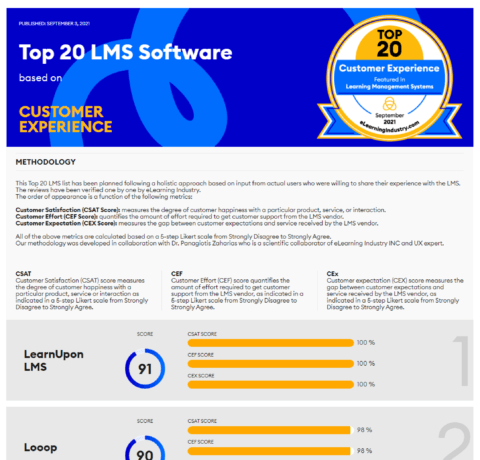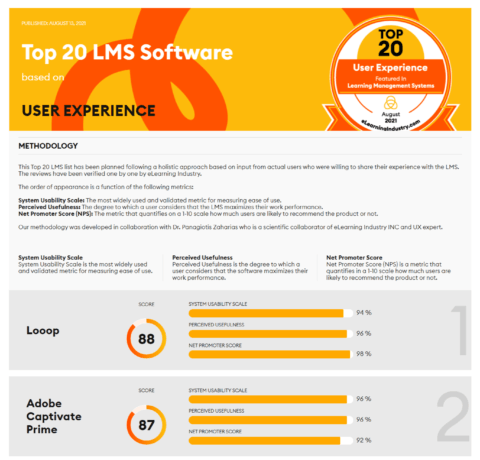LMS Features That Contribute To eLearning Success Infographic
When investing in an LMS for training, learning managers must keep an eye out for the features that contribute to ease of deployment and use, timely and accurate reporting, and flexibility. Here are 5 features that a modern LMS ought to have:
Assessment Tools
- Enables learners to determine the appropriate difficulty level for them to begin training with.
- Guides learners to remain in the challenge zone throughout their learning.
- Ensures a balanced combination of challenge and difficulty for the learner.
- Guarantees that new skills are absorbed by learners.
- Determines whether the program must be further fine-tuned to address training needs and objectives.
Collaborative Tools
- Increases learner's emotions and encourages them to directly interact with the content on the board (Robert Schroeder, 2007).
- Boosts engagement between trainers and learners.
- Encourages visual, verbal, and written communication between trainers and learners.
Monitoring And Reporting Functions
- Generates reports to support informed decisions by HR managers and learning functions.
- Presents meaningful information on learners' progress and performance, excel points, and areas of difficulty.
- Offers a dashboard view of both overall learning activity and a closer view on individual learner performance.
Customization Options
- Enables companies to align the LMS look and feel, and its learning resources, with their brand messaging.
- Provides learners with a cohesive user experience through the use of the company's official colors, logos, and messaging on the LMS.
- Urges companies to utilize company communication, such as CEO keynote speeches, press releases, corporate magazines, and other related materials to create meaningful learning materials that employees will truly connect to.
Integration Capabilities
- Recognizes that no LMS stands alone and that there is a need to communicate with other services.
- Validates that providers are "thinking outside of their own immediate technical environment".
- Indicates that the LMS has a "user-first mindset" (Justin Ferriman, 2015).
SOURCES: ATD, Adobe, Higher Logic, Communications In Information Literacy







You can adjust your cookie preferences here.